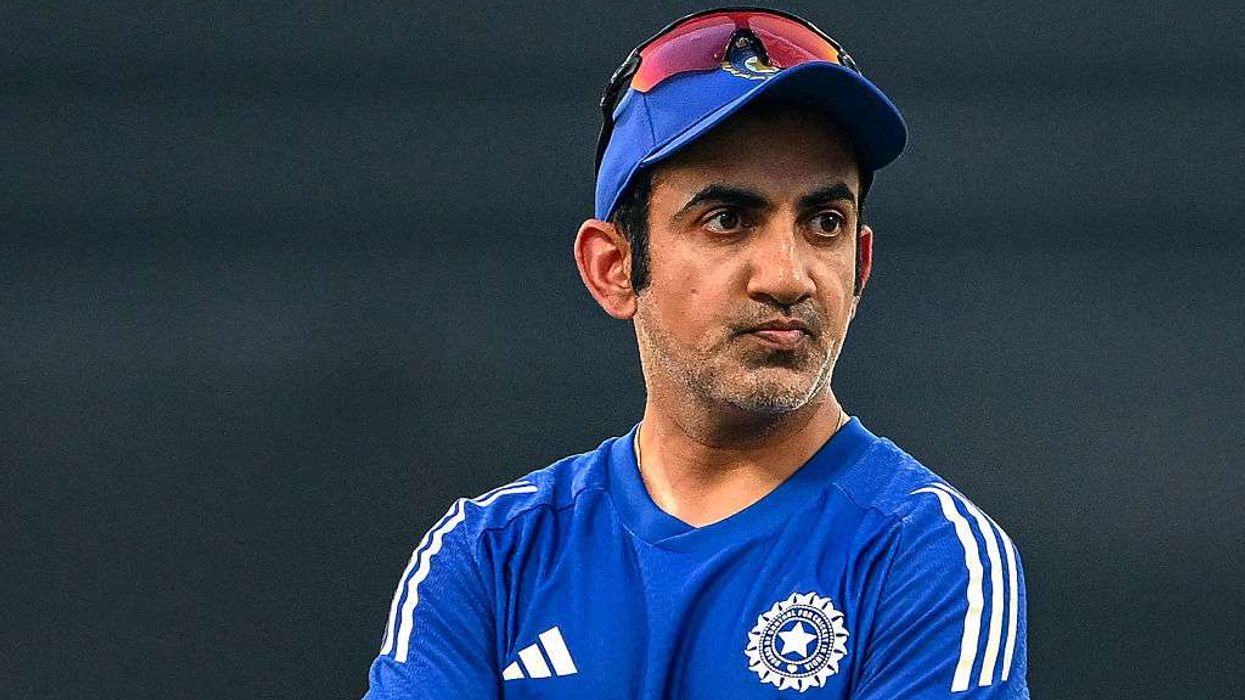Highlights:
- Nine-time Grand Slam winner Monica Seles diagnosed with myasthenia gravis three years ago
- The 51-year-old revealed her condition ahead of this month’s US Open to raise awareness
- Disease causes muscle weakness and has no known cure
Former world number one Monica Seles has revealed she was diagnosed with myasthenia gravis, a rare neuromuscular autoimmune disease, three years ago. The 51-year-old, who won nine Grand Slam singles titles, went public ahead of the US Open to raise awareness of the condition, which causes muscle weakness and can affect multiple parts of the body.
Symptoms and diagnosis
Seles first began noticing symptoms around five years ago when she experienced double vision and struggled with coordination. “I would be playing [tennis] with some kids or family members, and I would miss a ball. I was like, ‘Yeah, I see two balls,’” she told the Associated Press. These symptoms eventually led to her diagnosis, which took time for her to come to terms with.
Living with the condition
The former tennis star described the impact of the disease on her daily life as “significant” and said it was initially difficult to discuss openly. Myasthenia gravis currently has no cure, but treatments can help manage its effects. By sharing her experience, Seles hopes to use her platform to educate others.
Career highlights
Seles rose to prominence as a teenager, winning her first Grand Slam at the 1990 French Open aged 16 and claiming eight majors by 19. Her career was interrupted in 1993 when she was stabbed by a spectator during a match in Hamburg. She returned to the sport and won one more Grand Slam before retiring in 2003, having spent 178 weeks as world number one and capturing 53 career titles.














